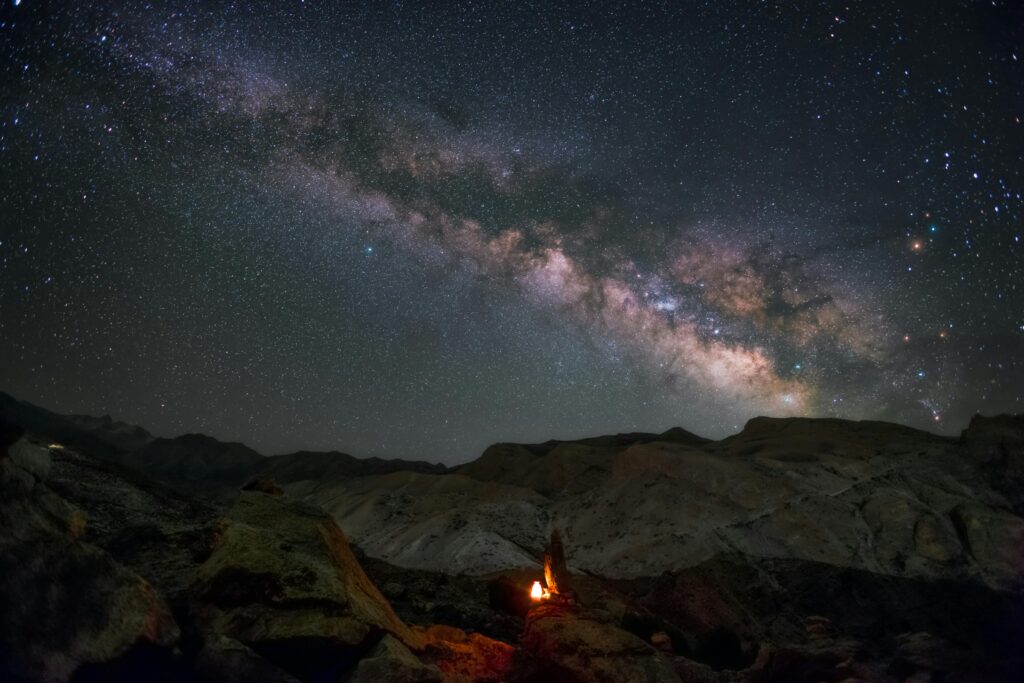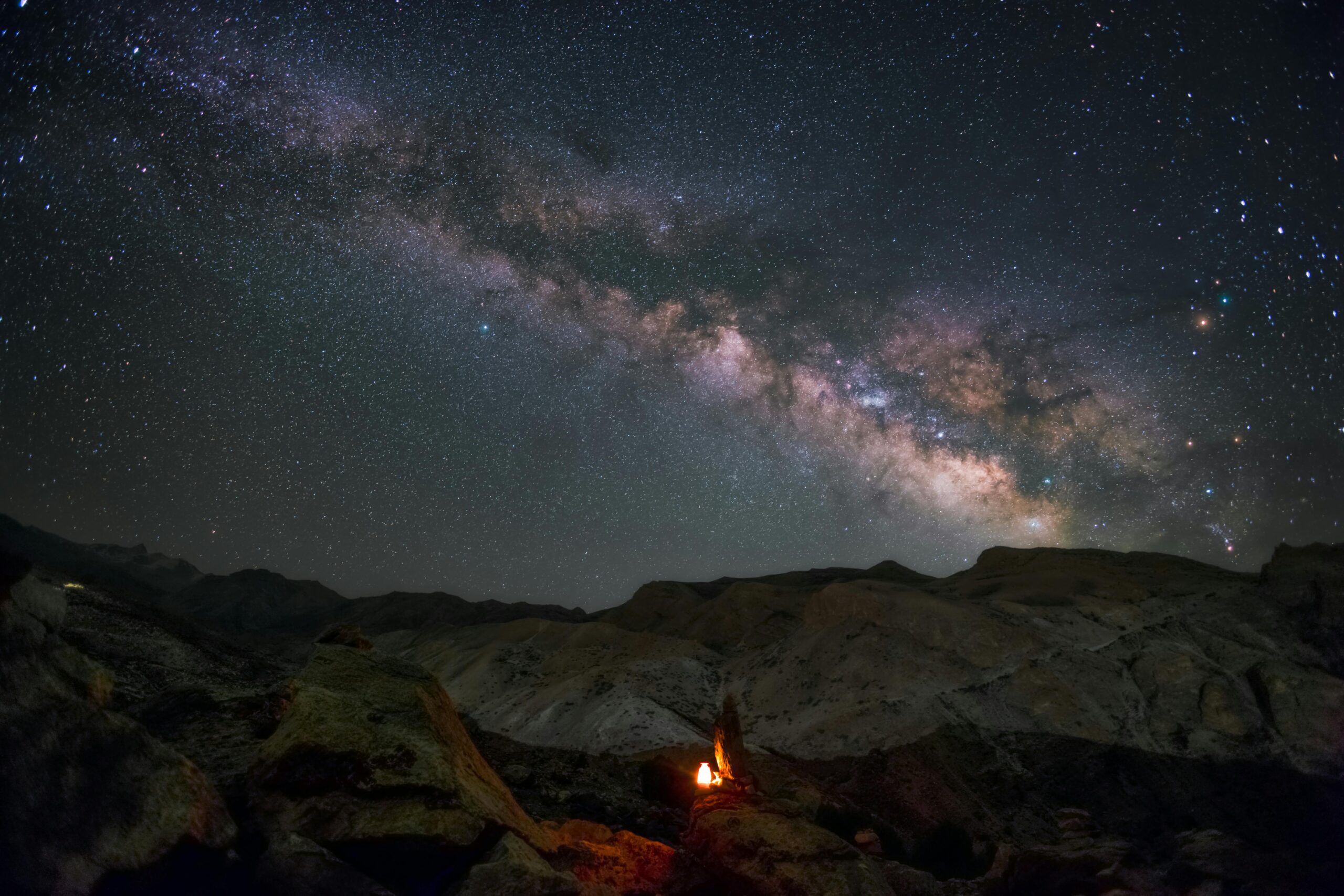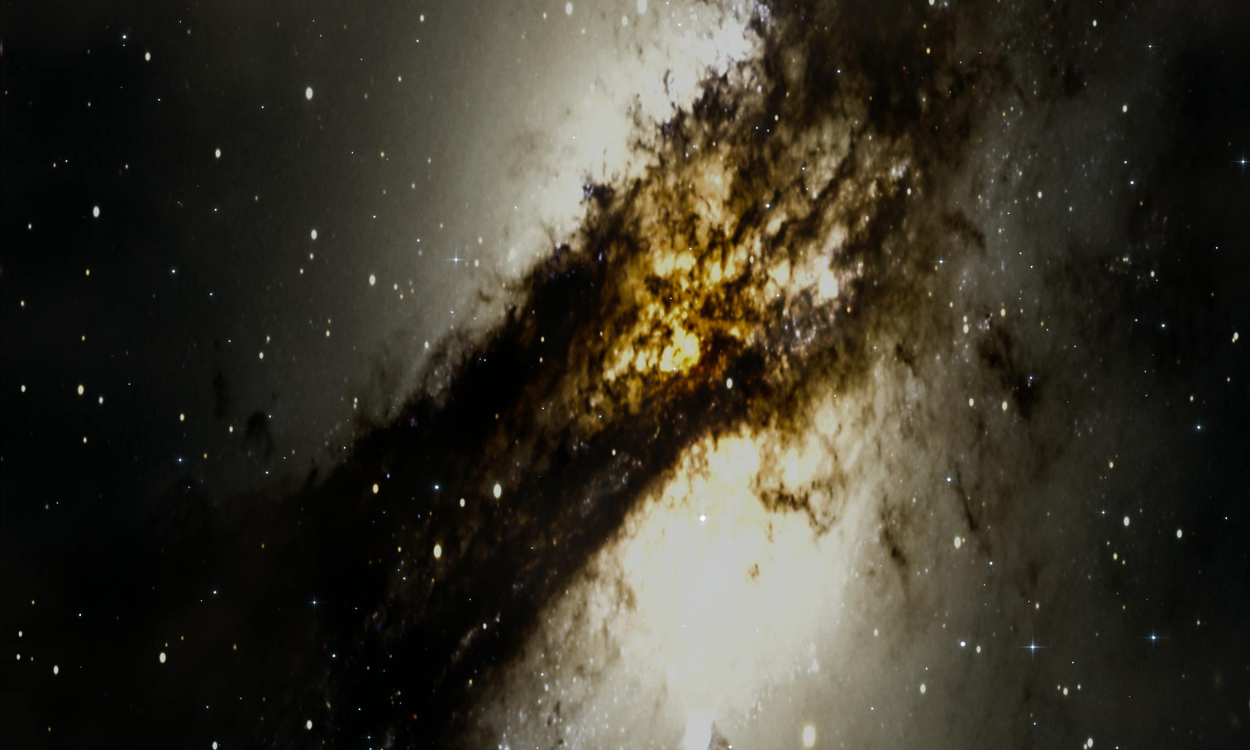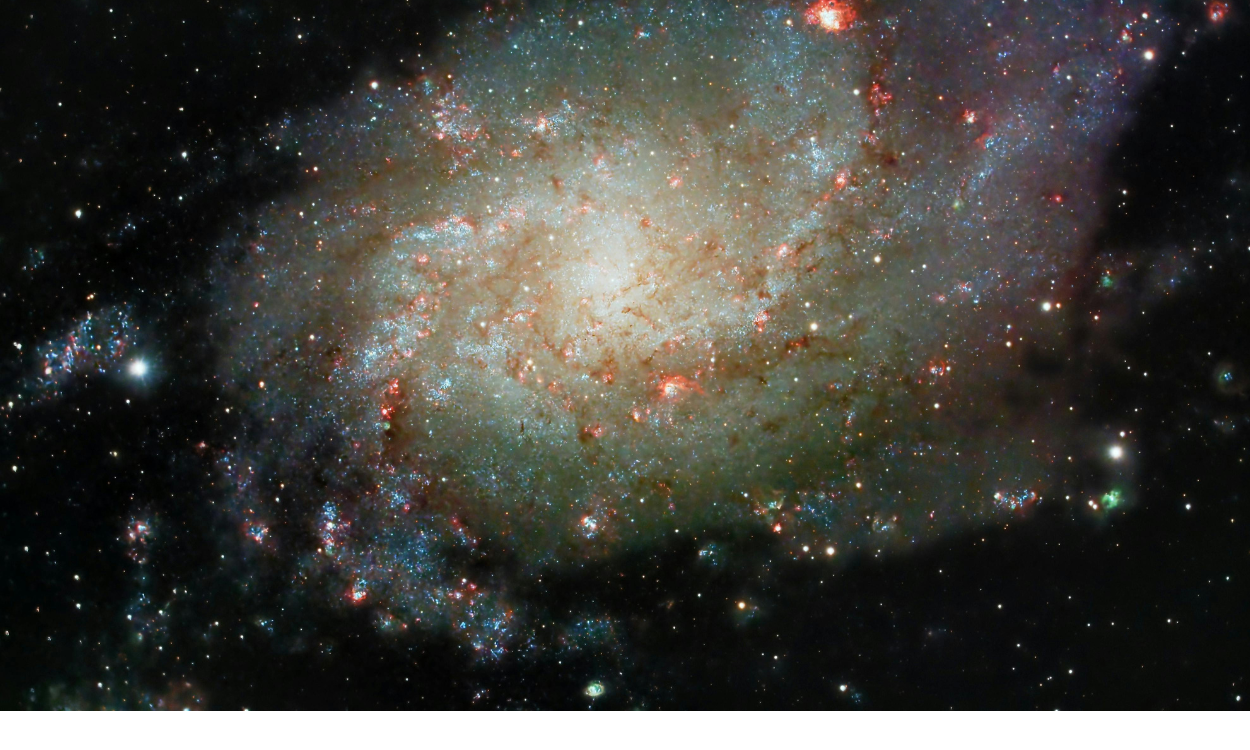The night sky has always fascinated humankind, filled with twinkling stars, planets, and endless mysteries. Among the most breathtaking wonders of the cosmos is the Milky Way Galaxy, the grand spiral galaxy that houses our solar system. Many people are surprised to learn that with proper conditions, you don’t need a telescope or binoculars to experience this celestial marvel. In fact, you can learn how to see Milky Way Galaxy in naked eyes and witness its majestic arc stretching across the heavens.
This article will guide you through the science, techniques, and best practices for spotting our galaxy without any optical aid. By the end, you’ll know not just how to see Milky Way Galaxy in naked eyes, but also when, where, and under what conditions to enjoy the most mesmerizing stargazing experience.
Table of Contents

Understanding the Milky Way Galaxy
Before diving into how to see Milky Way Galaxy in naked eyes, it’s important to understand what you are looking at. The Milky Way is a barred spiral galaxy containing over 200 billion stars, countless planets, gas, and cosmic dust. When you look at the Milky Way in the night sky, you are essentially viewing the concentrated band of stars that form part of its disk.
From Earth, this appears as a cloudy, luminous arc stretching across the sky. Ancient civilizations thought of it as a river of milk or a pathway of gods. Today, astronomers explain it as our inside view of the galactic plane. Knowing this helps you appreciate the significance of learning how to see Milky Way Galaxy in naked eyes—you are essentially staring at the heart of our cosmic home.
Why It’s Not Always Visible
You might wonder: if the Milky Way is so huge, why don’t we see it every night? The answer lies in light pollution, weather conditions, and your geographical location. Modern cities with artificial lighting drown out the faint glow of the galaxy. That’s why understanding how to see Milky Way Galaxy in naked eyes requires escaping these urban obstacles.
Additionally, the moon’s brightness, atmospheric haze, and seasonal timing play a huge role. The galaxy is always there, but under poor conditions, it simply blends into the background sky.
Best Conditions for Viewing
When planning how to see Milky Way Galaxy in naked eyes, timing and preparation are essential. Here are the key conditions:
- Dark Sky Location
The most important factor is escaping city lights. Light pollution is the number one enemy of stargazing. Use tools like light pollution maps to find designated dark sky reserves or rural areas far from artificial light sources. - New Moon Nights
The moon is beautiful, but its brightness washes out the faint glow of the Milky Way. To maximize visibility, plan your observation around the new moon phase. - Clear Weather
Clouds, humidity, and haze obscure your view. Always check the weather forecast before heading out. A crisp, clear night is best. - Seasonal Timing
Learning how to see Milky Way Galaxy in naked eyes also involves knowing the best time of year. In the Northern Hemisphere, the galaxy is most visible from late spring to early autumn (May to September). In the Southern Hemisphere, visibility is even better and lasts longer.
Step-by-Step Guide: How to See Milky Way Galaxy in Naked Eyes
Now, let’s break down the process so you know exactly how to see Milky Way Galaxy in naked eyes:
Step 1: Choose the Right Location
Travel to a dark-sky site away from urban areas. National parks, mountain ranges, or remote countryside are excellent choices. The darker the surroundings, the more stars and the Milky Way you will see.
Step 2: Check the Moon Phase
Avoid nights with a full or bright moon. Ideally, go out during a new moon. Many stargazers use moon phase calendars to plan their trips.
Step 3: Let Your Eyes Adjust
When you arrive, avoid looking at phone screens or artificial lights. It takes about 20–30 minutes for your eyes to adapt to the dark fully. This is critical for learning how to see Milky Way Galaxy in naked eyes because your pupils need to dilate to capture faint light.
Step 4: Identify the Galactic Core
The most striking part of the Milky Way is its galactic core, located near the constellation Sagittarius. Depending on your hemisphere, look southward during summer months. This bright, dense region makes it easier to spot and understand how to see Milky Way Galaxy in naked eyes effectively.
Step 5: Scan the Sky
Don’t expect sharp lines or colorful spirals like in photographs. With your unaided eyes, the Milky Way looks like a misty, luminous band stretching across the sky. Once you locate it, follow it from horizon to horizon.
Tools to Help You
While you’re focusing on how to see Milky Way Galaxy in naked eyes, some tools can assist without ruining the natural experience:
- Star Maps & Apps: Download astronomy apps to identify constellations and the galactic core.
- Red Flashlights: Use red light instead of white to preserve your night vision.
- Dark Sky Maps: Websites and apps show where light pollution is minimal.
These aids enhance your ability to find the galaxy while still allowing you to enjoy the thrill of spotting it with unaided vision.
Cultural and Historical Significance
Part of learning how to see Milky Way Galaxy in naked eyes is appreciating its role in human culture. Ancient Greeks believed it was milk spilled from the goddess Hera, hence the name “Milky Way.” Indigenous cultures across the globe used its patterns as celestial calendars or navigation guides. For centuries, poets, philosophers, and explorers gazed upon it for inspiration. When you see it yourself, you’re connecting with the same cosmic wonder that guided civilizations throughout history.
Common Mistakes to Avoid
When attempting how to see Milky Way Galaxy in naked eyes, beginners often make mistakes:
- Going out during full moon nights – the brightness overshadows the galaxy.
- Not traveling far enough from city lights – even small towns can ruin visibility.
- Expecting Hubble-like images – the naked eye view is beautiful but subtle, more like a soft glow than a vivid picture.
- Using phones excessively – the bright screens reset your night vision.
Avoiding these errors ensures a rewarding stargazing experience.
Why Everyone Should Try
Learning how to see Milky Way Galaxy in naked eyes is more than just a stargazing hobby. It reconnects us with the universe, offering perspective on our place in the cosmos. In a world filled with constant noise and technology, standing under a dark sky and seeing our galaxy can be humbling and inspiring.
It also serves as a reminder of the fragility of natural wonders. With rising light pollution, fewer people can enjoy this view each year. By making the effort now, you’re cherishing an experience that future generations might struggle to access.
Final Thoughts
The Milky Way is not a distant, unreachable phenomenon—it’s our galactic home. With patience, preparation, and the right conditions, you can experience this wonder without any telescope. Understanding how to see Milky Way Galaxy in naked eyes is about more than technique; it’s about slowing down, disconnecting from artificial lights, and reconnecting with nature and the cosmos.
So next time you find yourself under a clear, dark sky, remember the steps: travel far from the city, wait for the moonless night, let your eyes adjust, and look up. You’ll see a breathtaking river of stars stretching across the heavens—an unforgettable sight that has inspired humanity for millennia.





